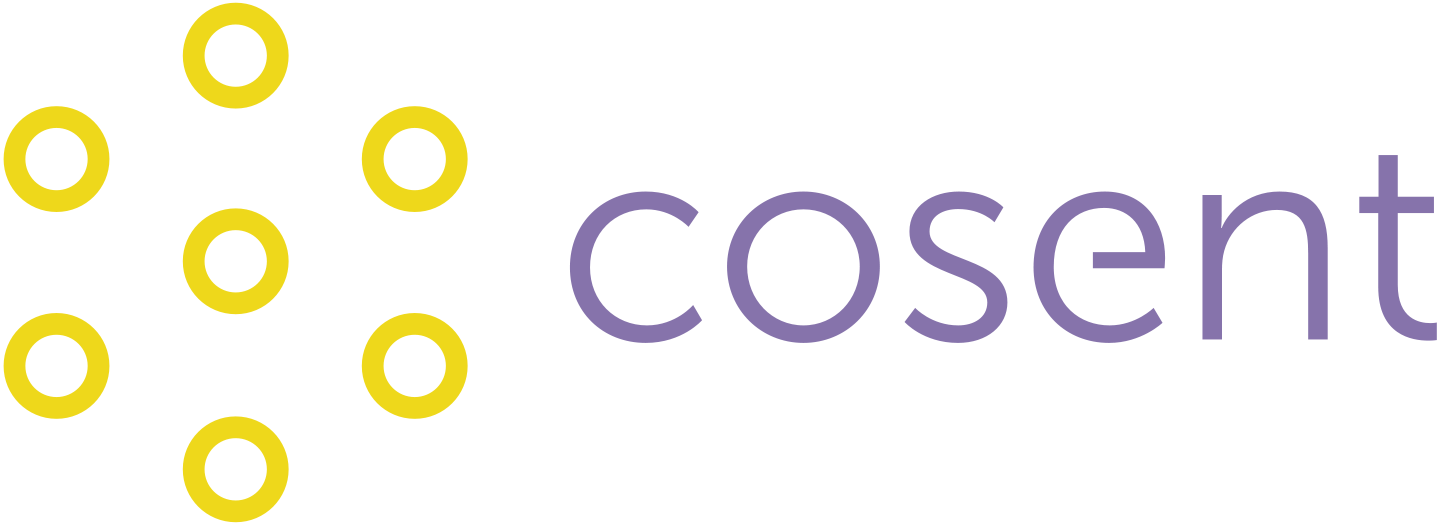Valuable data and wisdom about intranet and social media
were presented at the first day of #IE10, the
IntraTeam Event 2010 in Copenhagen.
Jane McConnell - Global Intranet Trends for 2010
Jane McConnell (@netjmc) laced her presentation on the six dimensions (or phases) of intranet development with plenty of data points from The Global Intranet Strategies Survey.
The 6 dimensions are:
The Waltz : Controlled, orchestrated. Communications ‘owns’ the intranet.
Harmony : Bring people together, show the big picture, create a smooth experience, feel at home.
Let’s Go! : Energy, good intentions, initiatives all over the place.
Control & Politics : Single access, gatekeepers, follow the rules, stay inside the firewall. The focus is on governance. Work with “Next to top” management and operational levels; middle management is threatened and difficult to engage.
Free The Intranet : New ways of walking, talking. Shortcuts, running, jumping. Adoption of social media.
You : Prepare for a long walk, lay a solid foundation. Push the right buttons, stick to your vision.
Some points to take away:
- Mobile is a big growth area
- As is blogs, wikis and home access
- Don’t separate social media from the “real” intranet
- Integrate collaboration spaces into the intranet
Intranet is about helping people do their jobs, now!
Andrew Wright and Stephan Schillerwein - Worldwide Intranet Challenge
Andrew Wright (@roojwright) and Stephan Schillerwein (@intranetmatters) presented the outcomes of the Worldwide Intranet Challenge (WIC) (see also the LinkedIn Group).
Unlike Jane McConnell’s study, which focuses on intranet managers, the WIC focuses on end users. Organizations sign up, their staff completes the survey, organizations then get a summary of findings from their own staff, plus a benchmark of external findings.
Interesting: if you ask a hall full of intranet professionals, what they think is most important to intranet end users, the number one priority is: finding information (search).
But real end users prioritize: instructions for work tasks, document up/downloads, policies and procedures, company + industry news. In short: users want to get work done. Help them by providing forms that automate common task execution.
An interesting tidbit: one of the case studies didn’t use the term “frequently asked questions”; rather they labeled that section: “I would like to…”. That section got hundreds of page views each month. Translating each page view in a reduced help desk call, valued at $15,- per call, the business case was pretty solid.
Rossen Roussev - Shell Newsdesk
Rossen Roussev presented a case study on how Shell saved a lot of money by introducing a consolidated news desk.
The news desk is powered by technology from Moreover, which also presents a writeup of the case. The initial savings goal was $ 5m, but the actual result is $ 15m and counting, most of it by replacing the existing 72 news monitoring contracts with a single, consolidated, integrated technology platform.
Success factors are:
- Seamless integration in the intranet GUI by using the internal branding. Users don’t even notice they’re using an external service (dedicated hosting accessed by VPN).
- Smart (automatic) user profiles - the application connects with Active Directory and sets up a filter based on function and operational unit. The user can use this as a starting point for further personalization.
- Don’t ever use the term “intranet”. Instead, align with what’s keeping senior management awake at night and propose a new “intelligence capability”. I liked that one :-)
- Be proactive - reach out to business and functional stakeholders.
This platform allows Shell to integrate competitive intelligence, brand management, issue management, internal publishing and media relations.
Martin White - Is Your Intranet Ready for 2012?
Martin White (@IntranetFocus) highlighted that, unlike most corporate IT efforts that support defined business processes, the intranet is different: unstructured, diffuse, without an obvious internal sponsor and owner.
He drew an interesting graph of three growing time curves:
- The amount of information grows relentlessly.
- Staff capacity to handle information grows, but less.
- Actual “findable information” grows even slower.
As a result, an information overload gap opens between information supply and use, putting business performance and reputation at risk.
He later returned to that graph, with mitigating actions:
- Filtering reduces the volume of information supply.
- Connecting people increases their handling capacity.
He presented some other relevant models in turbo speed, hopefully we can see those once the slides become available.
Martin offered a concise summary:
Wanted position - 2012
Employees linked with:
- each other
- suppliers
- customers
- stakeholders
Intranet independent of:
- location
- language
- department
- technology
Business sees intranet as:
- responsive
- proactive
- helpful in defining and managing risk
- decision support
There’s some hefty points in there, like location independence, which implies mobile; language independence, which implies machine translations; and decision support, which implies elimination of everything that does not support decision making.
More #IE10 to follow
The presentation by Suw Charman-Anderson (@suw) on social media, email and operant conditioning merits a full blog post on it’s own… Will come back to that later.
The final presentation of the day, by Eric Reiss (@elreiss) was less splashy (in the literal sense: as in “flying droplets of water”) than some people expected. But it was splashy in the presentation sense: full of fervour and fun. Most important take away: Keep the “why” in focus; work backward from that to the “what”. And an interesting quote from Max de Pree:
“The first responsibility of a leader is to define reality”
Overall, an interesting day. IntraTeam (Twitter: @intrateam) did a good job! Follow the conference’s Twitter stream at #ie10.
